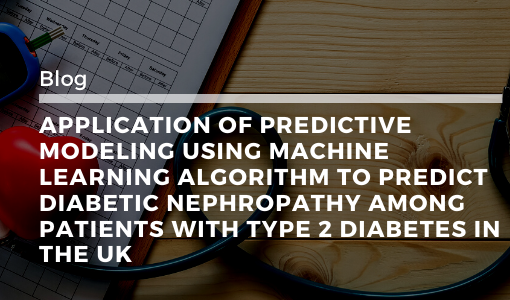Sentiment Analysis is the computational study of opinions, sentiments, and emotions expressed in the text. The aim of sentiment analysis is to detect subjective information contained in various sources and determine the mindset of an author towards an issue or the overall disposition of a document. Subjectivity as the verbal expression of somebody‘s opinions, evaluations, sentiments, emotions, beliefs, and speculations. The words opinion, sentiment, view and belief are used interchangeably, but there are subtle differences between them (Kumar & Sebastian, 2012).
- Opinion: A conclusion thought out yet open to dispute (―each expert seemed to have a different opinion).
- View: subjective opinion
- Belief: deliberate acceptance and intellectual assent
- Sentiment: opinion reflective of one‘s feelings
The sentiment analysis is done on user-generated content through the web that contains the views or sentimentor opinions. The opinionated document can be a forum post, product review, a blog or tweet; that evaluates an object. Thus, the opinions indicated can be about anything or anybody, for example issues, products, people, organization or services.
Liu (2010) precisely represented an opinion as a quintuple (o, f, so, h, t), where o- object; f – a feature of the object; so – orientation/polarity of the opinion on feature f of object o; h – opinion holder; t – time. Here the object is an entity that can be a person or product.
Object: An entity which can be a product, organization/topic, person, event, The object can have attributes, features or components associated with it. Further, the components can have subcomponents and attributes
Feature: An attribute (or a part) of the object with respect to which evaluation is made.
Opinion orientation or polarity: The orientation of an opinion on a feature f indicates whether the opinion is positive, negative or neutral. Most work has been done on binary classification, i.e. into positive or negative. But opinions can vary in intensity from very strong to weak (Wilson et al., 2004). For example, positive sentiment can range from content to happy to ecstatic. Thus, the strength of opinion can be scaled and depending on the application the number of levels can be decided. The holder of opinion is the person or organization that expresses the opinion.
Use of sentiment analysis for capturing the patient experience
- Use machine learning to understanding patient’s unstructured comments about their care and categorized as either positive or negative description of their healthcare. Our ML technique would predict
- whether the hospital was clean,
- Whether patients were treated with dignity or they would recommend a hospital
- Sentiment towards drug-related tweets (effective, ineffective, serious adverse effects)
- Tobacco,
- Their treatments
- and pain
- medical Problem (exists, recover, deteriorate)
Capture data from (1) Healthcare Tweets (2) From Free-Text Comments (3) Blogs (4) FaceBook (5) and many more
Our data science applies several combinations of techniques based on the accuracy such as naïve Bayes multinominal (NBM), decision tree, bagging or support vector machines (SVM), rule-based AFNN, SentiStrength, TwitteR R package + Jeffery Breen’s Sentiment analysis code, radian6, TheySay, Topsypro.
Contact us for more information about how we can help you to develop CER report.






Comment here